Medium Capacity
Project Information:
Shanghai Lin-gang Medium-capacity Line 1 commenced official operation on June 30, 2021. This demonstration line is located on the westside main passenger transportation route in the integrated urban and industrial development zone of Lin-gang Special Area. It is 21.7 kilometers long and has 9 pairs of stations from Dishuihu Station of Metro Line 16 to Nicheng Community Station.
Shanghai Electric enhanced the digital rail-guided rubber-tired tram ("DRT") used on the line with China's first intelligent digital-rail transport system (iDRT) as part of a complete system solution covering equipment supply, installation and debugging services for the electromechanical system (such as digital tracks, train operation management system, wireless communication, backbone transmission, smart station system and control center). With iDRT, Shanghai Electric helped to build the urban new-type medium-capacity rail transit demonstration project characterized by “safety, accuracy, efficiency and lightweight”, to develop a multi-layered public transportation system in order to enhance the public transportation services of Lin-gang Special Area.
Customer benefits:
"This is the world's first operating rubber-tired tram which utilizes digital rail technology in public transportation." Compared with laying tracks, construction and maintenance costs for digital rails are lower. More importantly, digital rails can be applied in a wider range of scenarios due to their higher versatility and relative protection against bad weather. In addition to frictional loss caused by daily operation, physical tracks expand when it is extremely hot and contract when cold, which necessitates frequent maintenance. However, digital rails are free from this problem. Compared with already-built trams in Shanghai like Line 71, Zhangjiang Tram and Songjiang Tram, the Lin-gang Line 1 adopts the use of magnetic markers as virtual rails rather than laying tracks on the road. Trams on Line 1 are navigated using digital signals sent by these markers which are then transmitted to cars. Thanks to this new technology, it can reduce construction and maintenance costs that are necessary to lay tracks. Further to this, in case of failure, rubber-tired trams can quickly be diverted from digital rails, making rearrangement and further operation easier. ”
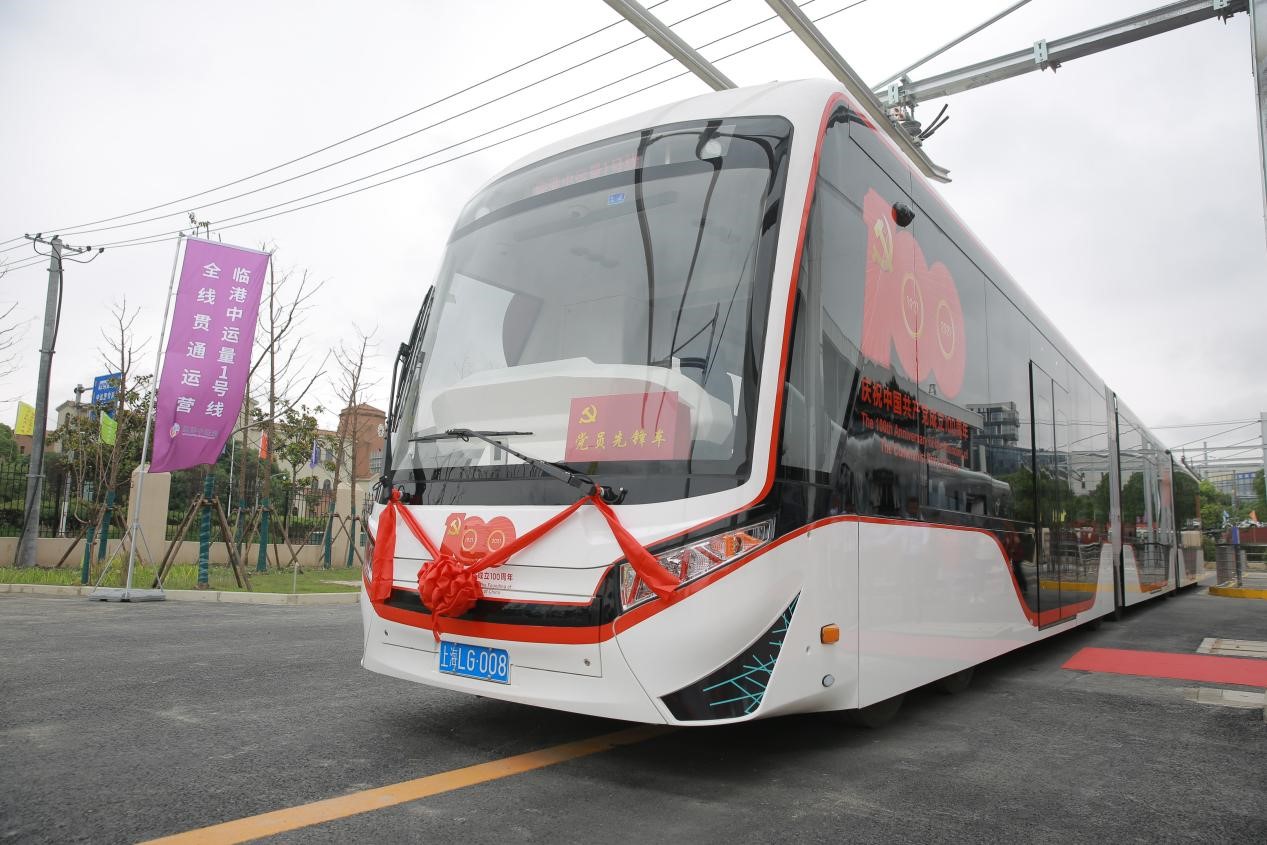



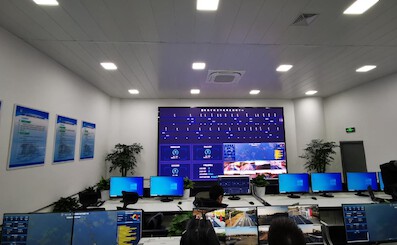
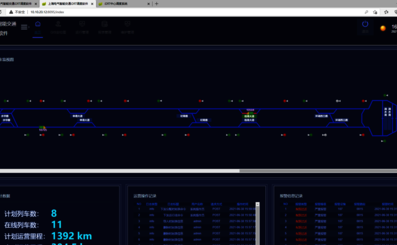
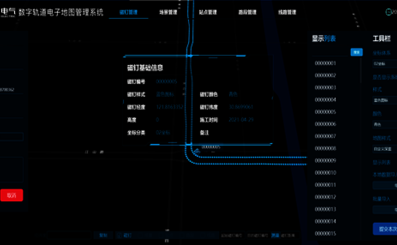
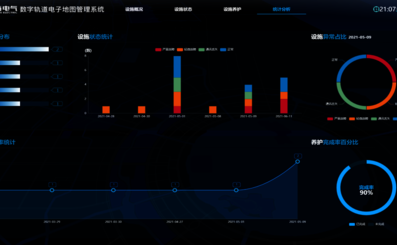
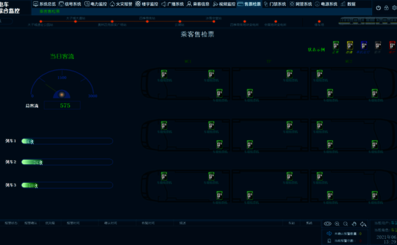
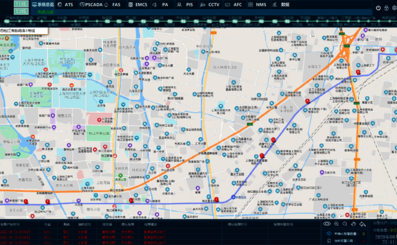
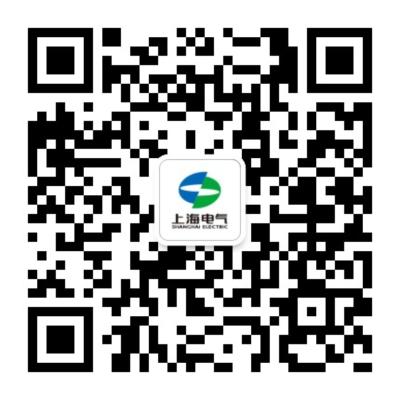
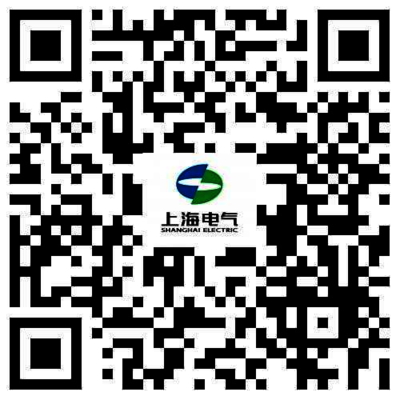
 Shanghai PNS registry No. 31010102007087
Shanghai PNS registry No. 31010102007087